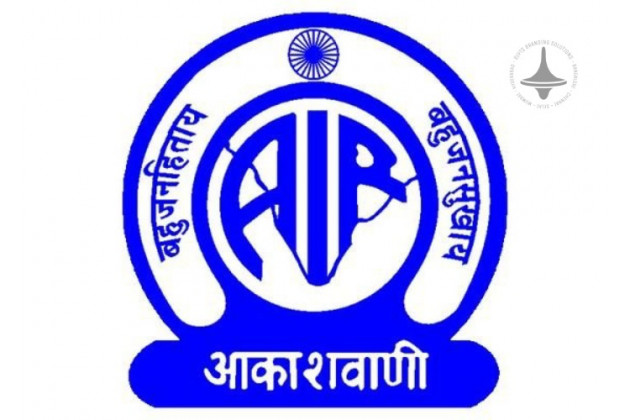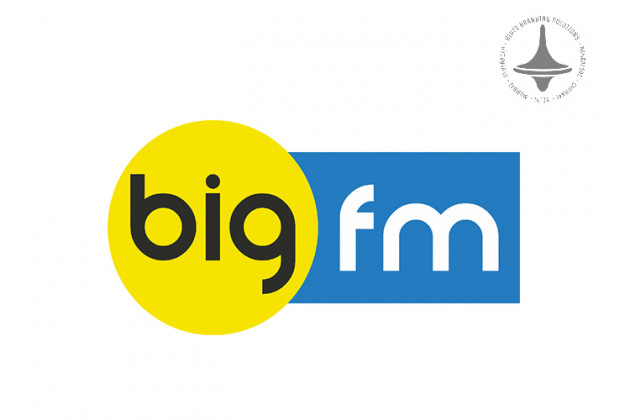Performance Marketing | Redefining Ad Budgets | ROI | Digitally
-1140x300w.jpg)
In the evolving landscape of digital advertising, performance marketing has emerged as a game-changer. Unlike traditional marketing strategies that rely on broad audience targeting and fixed budgets, performance marketing emphasizes measurable results. This data-driven approach enables businesses to optimize their ad spend and maximize return on investment (ROI). This article explores how performance marketing is reshaping advertising budgets and improving ROI for businesses of all sizes.
What is Performance Marketing?
Performance marketing is a digital marketing strategy where
advertisers only pay for specific actions, such as clicks, leads, or sales.
This model contrasts with traditional advertising, where businesses pay for
exposure without guaranteed engagement. Performance marketing leverages
channels like search engine marketing (SEM), affiliate marketing, social media
advertising, and influencer partnerships to drive conversions efficiently.
The Shift from Traditional to Performance-Based
Advertising
Traditionally, businesses allocated fixed advertising
budgets without clear visibility into performance metrics. However, with the
rise of performance marketing, companies now have greater control over their
expenditures. Instead of spending blindly on impressions and reach, marketers
focus on cost-per-action (CPA) and return on ad spend (ROAS). This shift
ensures that every dollar spent contributes directly to business growth.
Key Ways Performance Marketing is Redefining Ad Budgets
- Pay-for-Performance
Model: Advertisers only pay when a specific action occurs, reducing
wasted ad spend and ensuring accountability.
- Real-Time
Data & Analytics: Performance marketing tools provide real-time
insights, allowing marketers to adjust budgets dynamically based on
campaign performance.
- Precision
Targeting: Advanced data analytics enable precise audience
segmentation, ensuring that ads reach the most relevant users.
- Scalability
& Flexibility: Businesses can start with small budgets and scale
up based on proven results, making it accessible for startups and
enterprises alike.
- Cost
Efficiency: By focusing on conversions rather than impressions,
companies achieve better cost-efficiency and improved ROI.
Improving ROI with Performance Marketing
ROI is the ultimate metric in advertising, and performance
marketing excels in delivering higher returns through:
- Conversion
Tracking & Optimization: Marketers can analyze user behavior and
optimize campaigns in real time.
- A/B
Testing: Testing different ad creatives, headlines, and landing pages
ensures that only the best-performing elements remain in play.
- Automation
& AI Integration: Machine learning algorithms help refine
targeting, ad placements, and bidding strategies for better performance.
- Attribution
Modeling: Advanced attribution models help businesses understand which
channels contribute the most to conversions, allowing for more informed
budget allocation.
The Future of Performance Marketing
As digital advertising continues to evolve, performance
marketing will become even more sophisticated with AI-driven insights,
predictive analytics, and automation. Businesses that adopt this model will
gain a competitive edge by optimizing their ad budgets and driving sustainable
growth.
Conclusion
Performance marketing has revolutionized how businesses
approach advertising budgets and ROI. By focusing on measurable results,
leveraging data analytics, and utilizing automation, brands can maximize their
marketing investments. As technology advances, performance marketing will only
become more integral to successful advertising strategies, making it a
must-adopt approach for businesses aiming for growth and efficiency.
Elyts Advertising and Branding Solutions | www.elyts.in (India) | www.elyts.agency (UAE)






















Leave a Comment